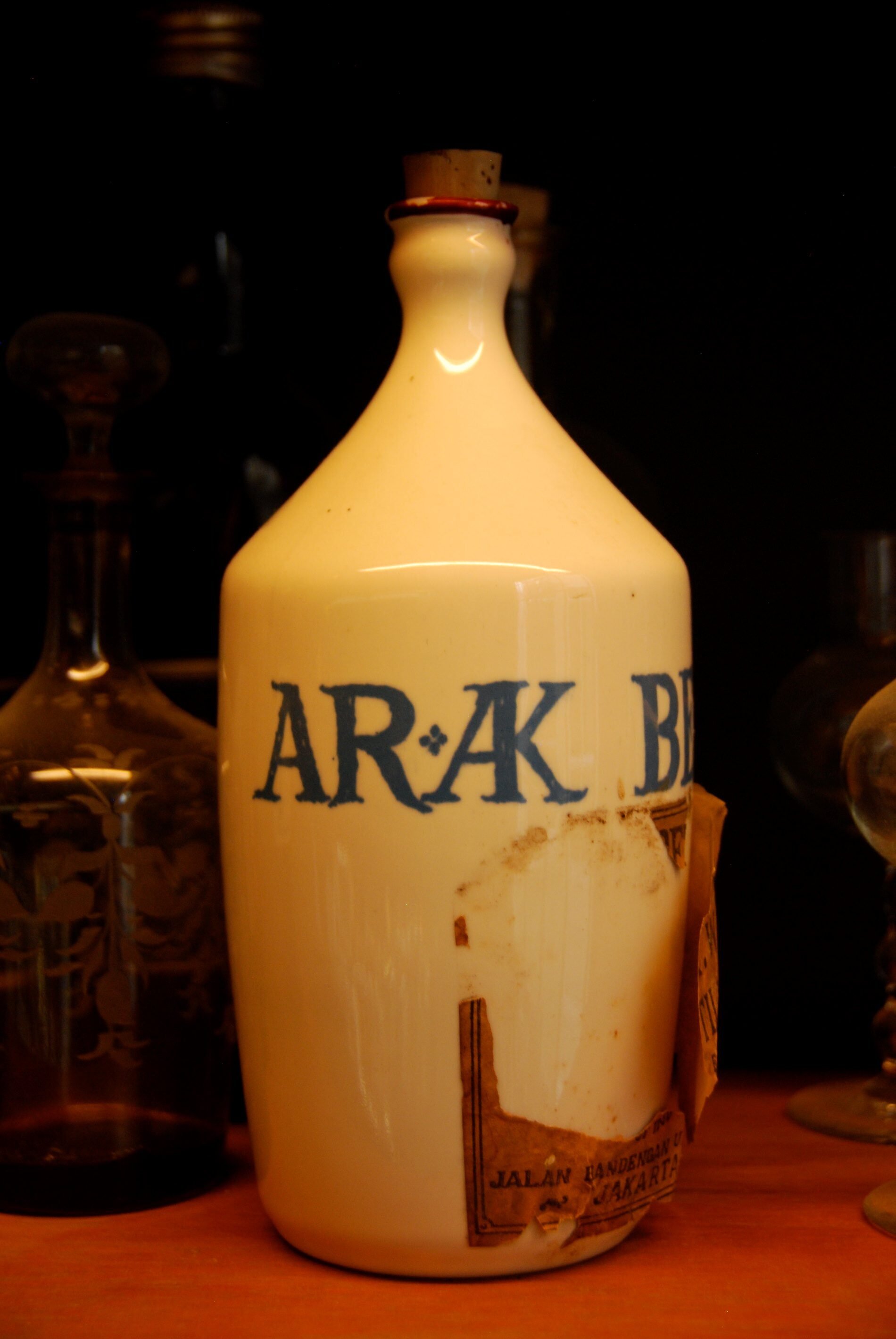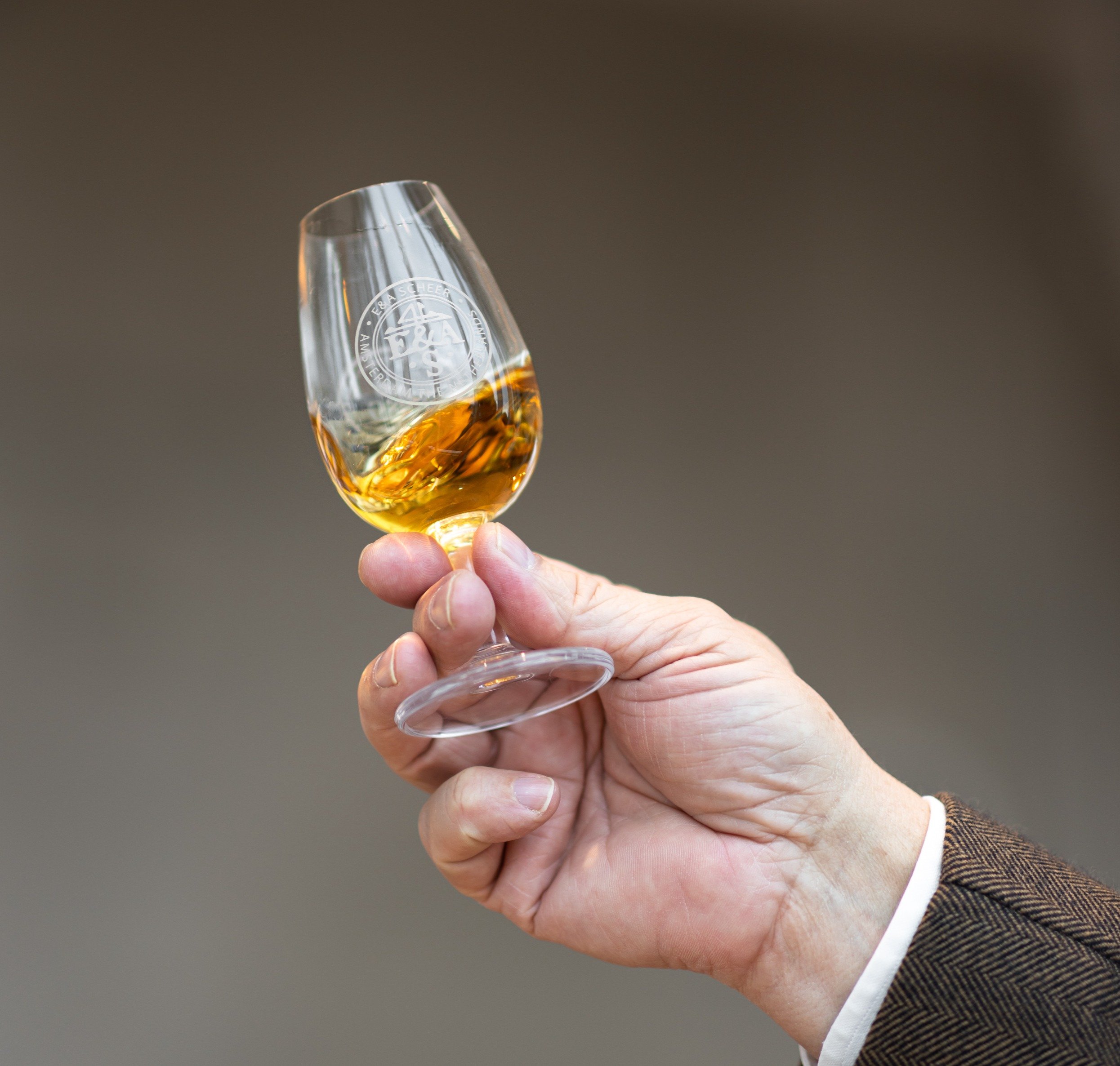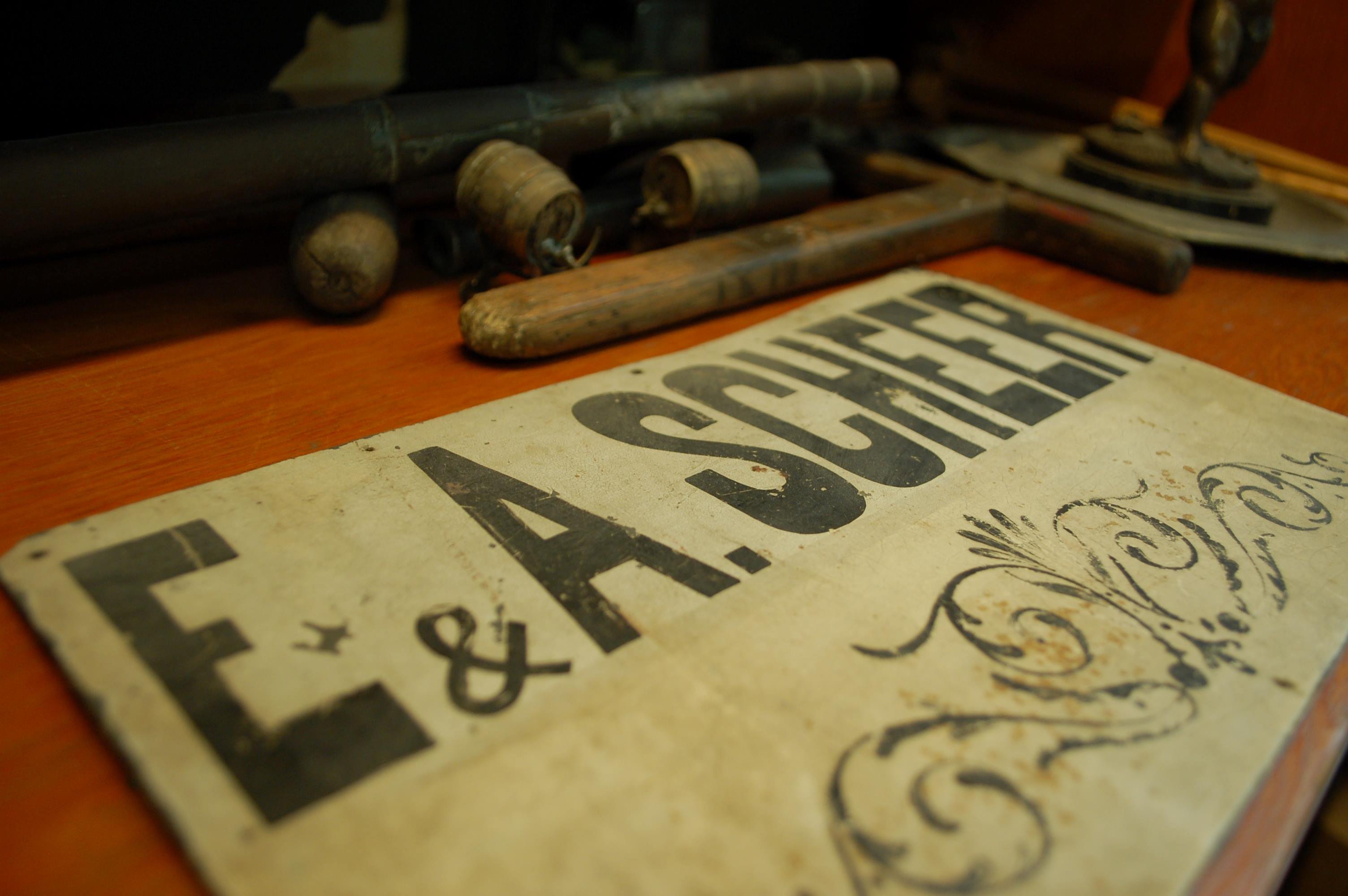Rediscovering the World's First Luxury Spirit: Batavia Arrack. Part I
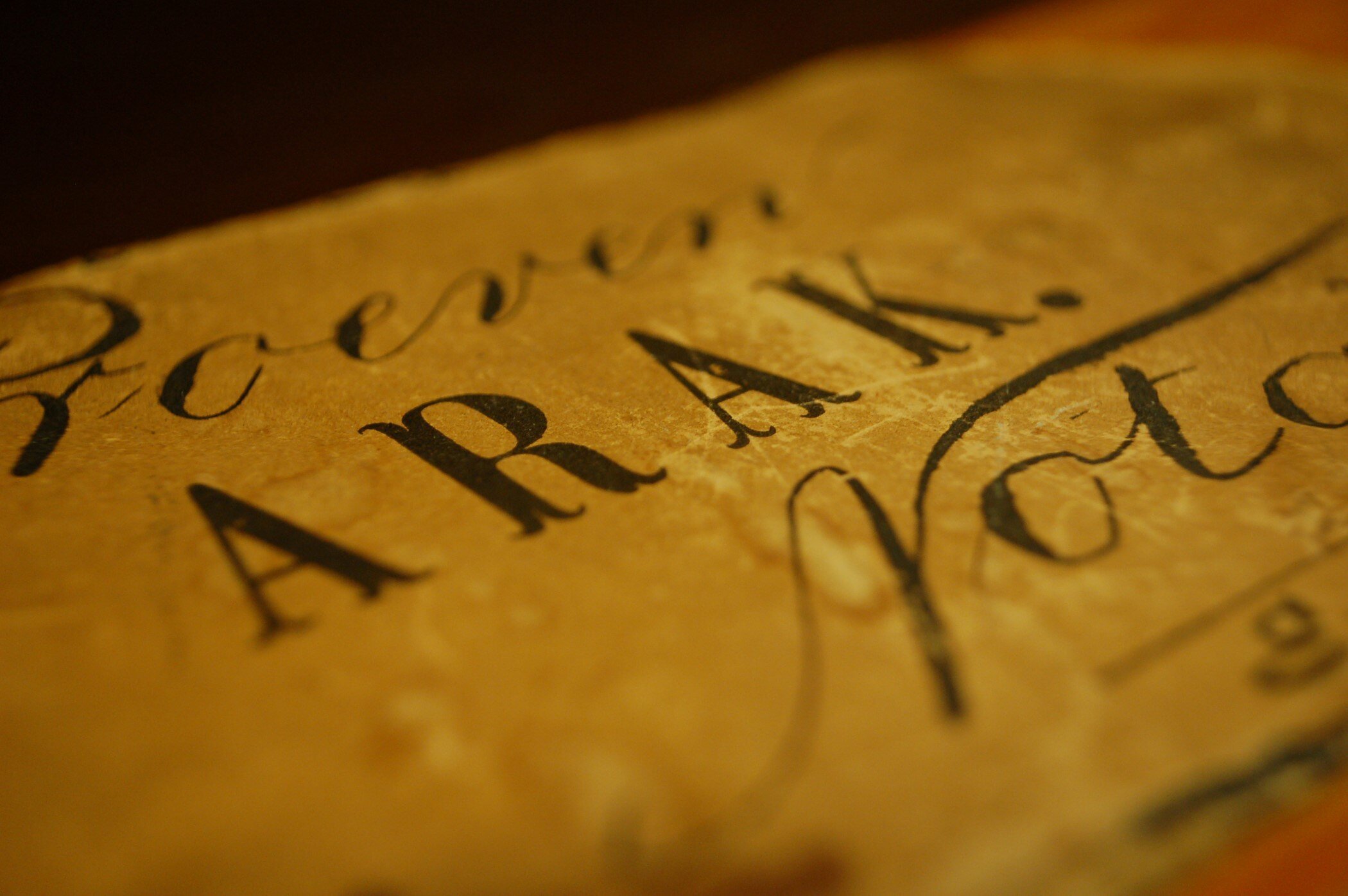
Note: This was published online in 2017 by the Daily Beast’s Half Full section, in two parts.
Sailors used to hit town and basically just—to use the modern vernacular—freak the fuck out. After months of stinking water and half-rotten salted beef and weevil-infested sea-biscuit (“bargemen,” they used to call the bugs, after the way each biscuit appeared to come with its own wiggly crew) and enforced sobriety (however much booze the ships packed, it never lasted long enough), not to mention scurvy and dysentery and flying cannonballs and the appallingly large, deadly splinters they used to knock off the woodwork, they went ashore and booze was eight pence a gallon, sugar a penny a pound and lemons and limes practically free. That meant Punch—and sailors loved Punch. What’s more, this wasn’t just any Punch. It was the real thing: Rack Punch.
Batavia, the port in question (now it’s known as Jakarta), was the home of Batavia Arrack, the deeply pungent, even funky spirit that, connoisseurs agreed, far and away made the best Punch. Back home in London, a quart of Batavia arrack—“rack” in the vulgate—made into Punch cost eight shillings. There were 12 pence to the shilling then, and four quarts to the gallon (at least that remains the same). If you do the math, as sailors were fully capable of doing, and account for sugar and limes and even a scrape of nutmeg to spice it, a bowl of Rack Punch in Batavia cost something like 1/45th of what it did in London.
“Some of [the sailors] were hugging each other,” wrote English privateer captain Woodes Rogers when he arrived in Batavia in 1710, and “others blessing themselves they were come to such a glorious place for Punch.” It wasn’t long before Rogers’s men were even fighting over who would have to make the next bowl, since “the labour was worth more than the liquor.” A few weeks back, when they were inching their way west across the vastness of the central Pacific, not a one of them wouldn’t have given half his share of the voyage’s proceeds for a single bottle of that liquor and would have considered turning it into Punch a privilege, rather than a duty.
Batavia arrack is still sold, if not widely, and is even undergoing something of a renaissance in the English-speaking world, if only because after years of being completely unavailable it is now available. You can buy a bottle and make a bowl of the headiest Punch you’ll ever have. Bars here and there are even mixing cocktails with it, some of them delicious. The spirit remains, however, deeply mysterious, both in its present and in its past.
We know that Batavia arrack is made on the Indonesian island of Java from molasses and rice and that it’s shipped to the Netherlands, Indonesia’s former colonial ruler, where it’s aged and blended and bottled. But Indonesia is the world’s most populous Muslim country and frowns increasingly deeply on alcohol. That means no visitors’ centers, no “Batavia Arrack Experience,” no press trips, distillery visits or Instagram feeds. There are no pictures floating around of smiling locals tending gleaming stills and there’s no Batavia Arrack Marketing Board. There’s not even an International Batavia Arrack Day, and everything, I mean everything, has its own day now (National Cosmopolitan Day is May 7th).
That leaves its history, which can at least shed light on what’s in the bottle today. But like Caribbean rum or American rye whiskey, East Indian Arrack is a creole spirit, one born out of the colonial experience, and its history has to be stitched together from bits and pieces, many of them in languages few people read. It’s worth the stitching, though: Batavia arrack is the world’s first luxury spirit; the first booze somebody thought was worth shipping halfway around the world, and to drink a bowl of Punch made with it is to see why that is.
The story begins, I suppose, in the 1400s, when Portugal, a small country on the edge of Europe trapped between Spain on one side, where the Christians and the Muslims were duking it out in a vicious, semi-civil war, and the unexplored vastness of the Atlantic ocean on the other, trusted its fortunes to the waves, sending ship after ship further and further down the coast of Africa until one of them found where that immense continent ended, sailed around the bottom edge and straight to India. That was in 1498.
India had things that Europeans wanted. Chiefly, there were spices (pepper, cloves, nutmeg, cinnamon, etc.), which occupied more or less the same cultural space, and brought the same prices, as modern high-end pharmaceuticals. But there was plenty of other stuff, too: cloths (silks, printed cottons), gems, gold, exotic trade goods of every kind. Up to then, all of this had reached Europe by going through first the Turks and then the Venetians, each of whom took a huge bite. By cutting them out, Portugal could get rich. In 1510, the Portuguese used their European ruthlessness and superior firepower to carve out a chunk of southwest India and build a permanent, heavily-fortified base there. Goa would remain Portuguese until Indian troops took it back in 1961. There, among all the other novel things they found, was a spirit called “arrack,” from the Arabic word for “distilled spirit.” In Goa, this was made from palm wine, a low-strength fermentation of the sap that runs out of certain palms when you cut off their branches.
We don’t know when India started distilling from palm wine. To date, there is no detailed history of distillation in Asia, or indeed of distillation in general. But archeologists have found stills in various parts of India dating back as far as 2,500 years ago, so it’s a good bet they were making this arrack, under one name or another, for a very long time. (Indeed, photographs from the early 1900s show Indian distillers running palm wine through clay pot stills identical to ones unearthed in what is now Pakistan from the time of Christ.)
Palm arrack wasn’t the only kind the Europeans found, though: they also found people making spirits from cashew fruit and mandhua flowers and, to the far northeast in Bengal, molasses. To the Portuguese, these were all arrack—but then again, to them all European spirits, such as they were (Europe was far behind Asia in this regard), were simply aguardente—“firewater”—or aqua vitae—“water of life.” Europeans didn’t begin to give spirits different names according to their base materials until the late 1600s.
By the time the Portuguese settled in Goa, they had learned that all the spices in which they were so interested didn’t actually come from India; the Indians were simply holding down the corners, as it were. To get to the real supplier, they had to move up the chain. They had to go to Malacca.
Malacca, a Malay city-state midway up the straits that separate the island of Sumatra from the Malay Peninsula, was populated by Malays, Hindus, Burmans, Chinese, Indians and Arabs and was the great trading center of Southeast Asia. In 1511, the Portuguese sent a dozen and a half ships there, with 1,200 men on and lots of cannon. They took the city handily, killed or enslaved all the Muslims, fortified it, and started looking around, sending ships all over the region. They had to—Malacca was just another link in the chain, and once Portugal took it the spice trade there dried up immediately.
One of those ships went to Java, the next large island after Sumatra. On board was Tomé Pires, a Lisbon apothecary, who made a detailed survey of the island, its political state and, most importantly, its trade goods. Java had pepper, but was not otherwise a primary spice island; those lay to the east. It was, however, populous and fertile, with the long northern coast producing rice and cattle and fruit and all kinds of other good things in life (the southern coast was mountainous and sparsely inhabited). It also produced palm arrack, but not so much of it or of such quality that Pires found it especially remarkable (“good of its kind” was his verdict). But once the Portuguese finally found the islands that actually grew cloves and nutmeg and such, they more or less left Java alone.
Meanwhile, at the end of 1520, another Portuguese, Fernão de Magalhães, alias Ferdinand Magellan, found a passage from the Atlantic into the Pacific (that ocean still bears the name he gave it). After another four or five months sailing, he and his surviving men reached Cebu, in the Philippines. There they found, among other things, palm arrack (those other things included an early grave for Magellan, killed while intervening in a local war). But in Palawan, at the far western end of the archipelago, his men also found another type of arrack, one that was “stronger and better than that made of palm,” as Antonio Pigafetta, who chronicled the voyage, described it. This was “alembic-distilled rice wine,” and it was “clear like water but so strong that many of our men intoxicated themselves with it.”
Making alcohol from grain is much more difficult than making it from fruit or sweet sap, because only sugar will ferment, and grain has no sugar. What it does have is starch, which can be converted to sugar with a little work. In Europe, the process people used to do that was malting: artificially sprouting the grain, which triggers enzymes that convert the starch to sugar, and then toasting it to kill the sprout before it can use up all that sugar in growing.
In China, however, they found a different way.
Since the Han Dynasty, some 2,000 years ago, Chinese distillers have brought grain to fermentation by incorporating a fermentation-starter, a cake of rice or wheat that has been allowed to mold under controlled conditions (certain molds produce the same enzymes that malting does). These cakes, qu or chu, also attract yeast, so they both turn the starches to sugar and start the sugar fermenting. Which brings us back to Palawan, which—it turns out—is smack in the middle of the trade route between Fujian, on the Chinese coast, and the spice islands of Indonesia.
Fujian was (and still is) a crowded place, with a narrow and extremely populous strip along the coast and a bunch of mountains right behind it, and its people had a habit of getting on boats and going somewhere where they could settle down and make money, either by making things or by brokering trade between where they were and where they came from. When it came to distilling, then, either the Palawanese learned a thing or two from the Fujianese, or they took the easy way out and had Fujianese immigrants make their booze for them.
As if all this weren’t already too complicated, at this point another player enters the trade-and-colonize game. For reasons far too complicated to go into, in 1581, seven Spanish provinces in the Netherlands declared independence, as the Dutch Republic (what Spain was doing owning provinces in the Netherlands is another story). Surrounded and in a more or less permanent state of siege, they were desperate for spices, denied them since Portugal was now united with Spain, and money, then as now the lifeblood of war. But, like the Portuguese, they had the ocean at their backs and knew how to use it.
In 1596, the first Dutch scouting-trading expedition made it to the East Indies. When they explored Java, they found an island newly fallen to Muslim conquest, its traditional Hindu kingdoms all replaced by loose rule from Muslim-dominated trading towns along the north coast.
These ports were as cosmopolitan as Malacca had been, places where you would find people from Bengal, Malabar, Pegu (modern Burma); from all around the Indian Ocean and the South China Sea. The Dutch first made their base at Bantam, near the western end of the Island, a bustling trading port the size of Amsterdam with a large, new Chinese population (a “very subtle and industrious people,” as the Dutch report on the voyage put it).
From here on out, we can focus on arrack. That’s because, among the other things, the Fujianese were making “much aqua vitae of rice and Cocus [i.e., coconut-palm sap].” The mixture of raw materials was a known technique in Chinese distilling; indeed, in parts of China qu was mixed with grapes to start fermentation. This seems to be what was going on in Bantam: the Chinese were adapting their techniques to local materials, stretching out their traditional rice spirit with the cheap and abundant local palm wine. This was something new. In any case, when another Dutchman, Jan Huygen van Linschoten, had inventoried Java’s resources for the Portuguese in the 1580s, he found no such spirit: pure palm arrack was all there was.
This, then, is the first-stage Batavia arrack. There was nothing like it in Europe, where almost all the spirits had to be distilled with pungent botanicals—either juniper berries, aniseed, caraway, or mint, or some complex mix of medicinal herbs—just to hide the taste of the raw spirit. But the Chinese had been distilling for over a millennium and knew how to get a clean spirit, and a strong one: most of the European spirits were single-distilled, as was palm arrack, while the Chinese generally did a double distillation. Yet this spirit wasn’t fully Chinese, either: palm wine wasn’t a Chinese ingredient, and it brought a sweet softness to the spirit that was very different from what the people back home in China looked for in their strong drink.
In any case, this arrack had the Dutch and the English, who came east following on their heels, with the first sip. But we’ll see what they did with it in Part II.
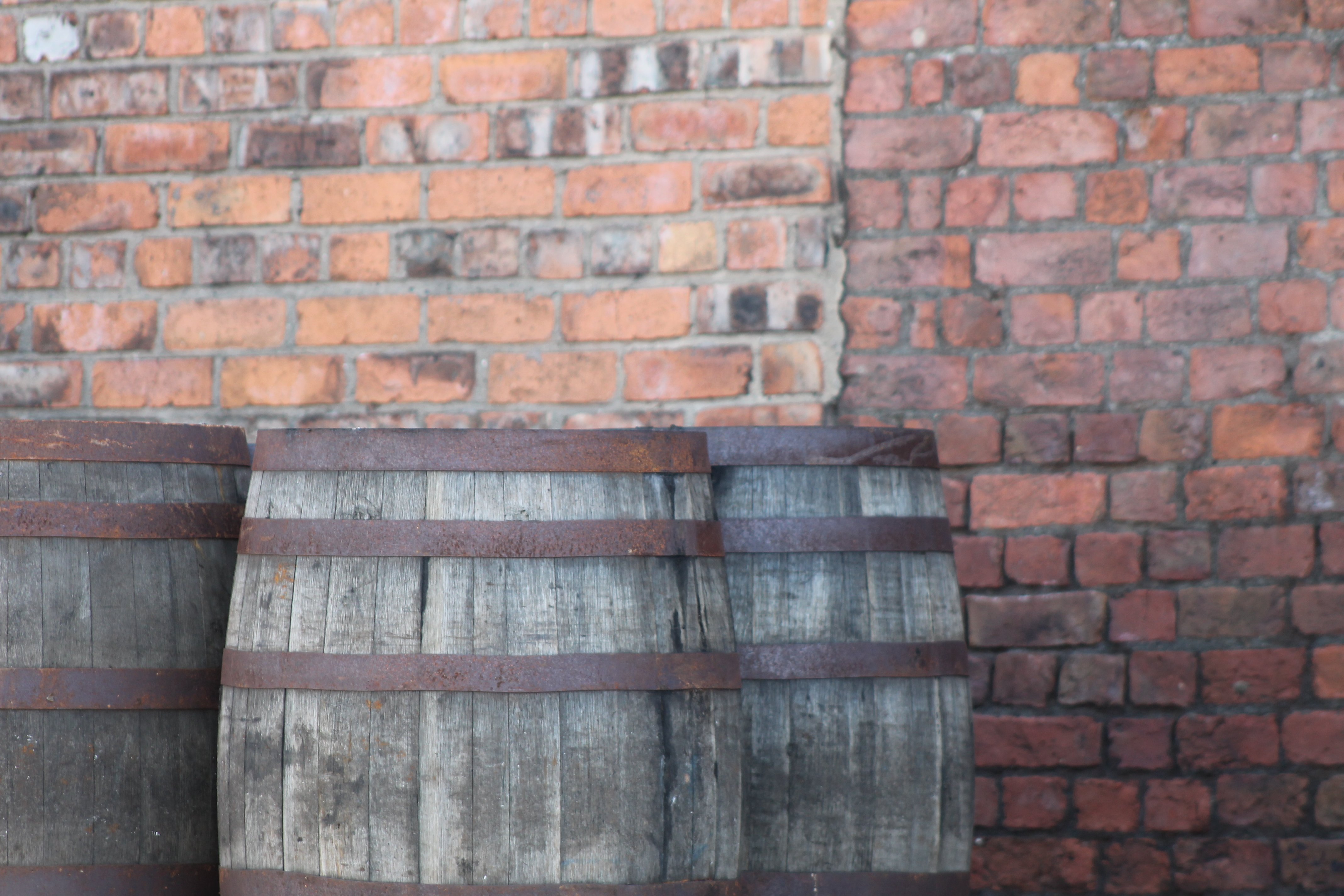



Rum Blending Tool
The Rum Blending Tool represents the first step on the journey to your perfect bespoke Rum blend.
Browse the latest resources & industry insights to learn more about our companies and the Rum world in general.
